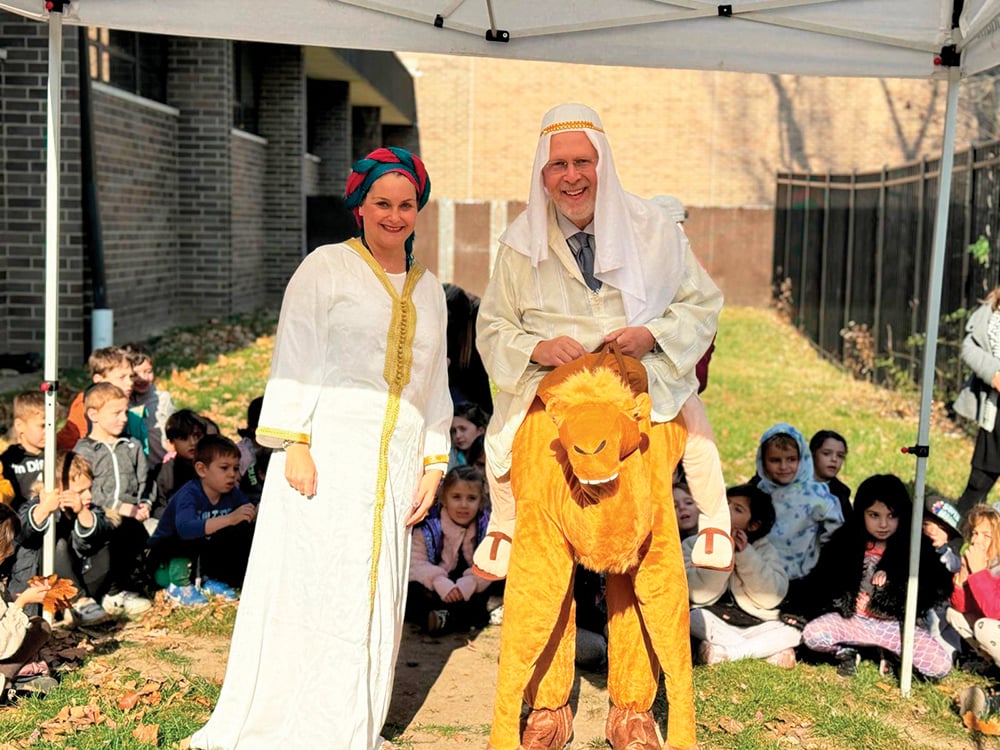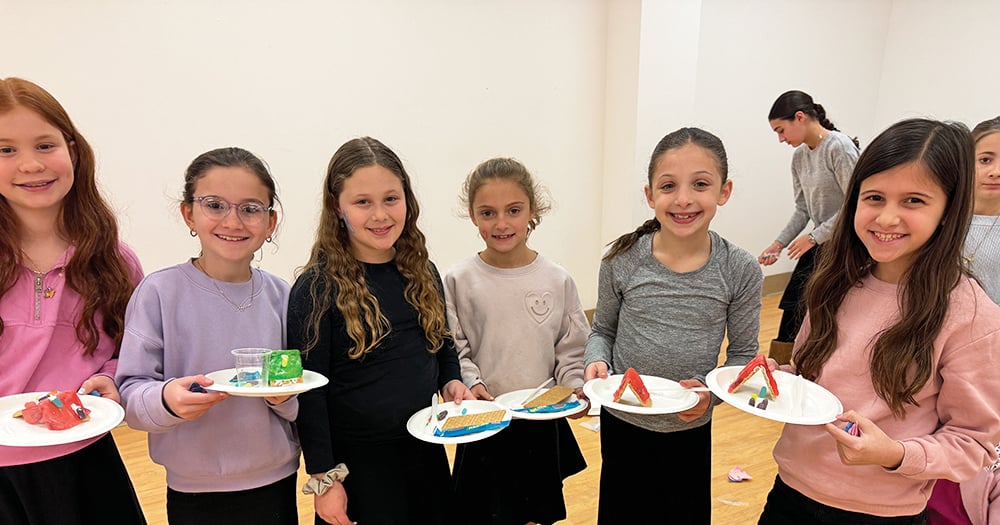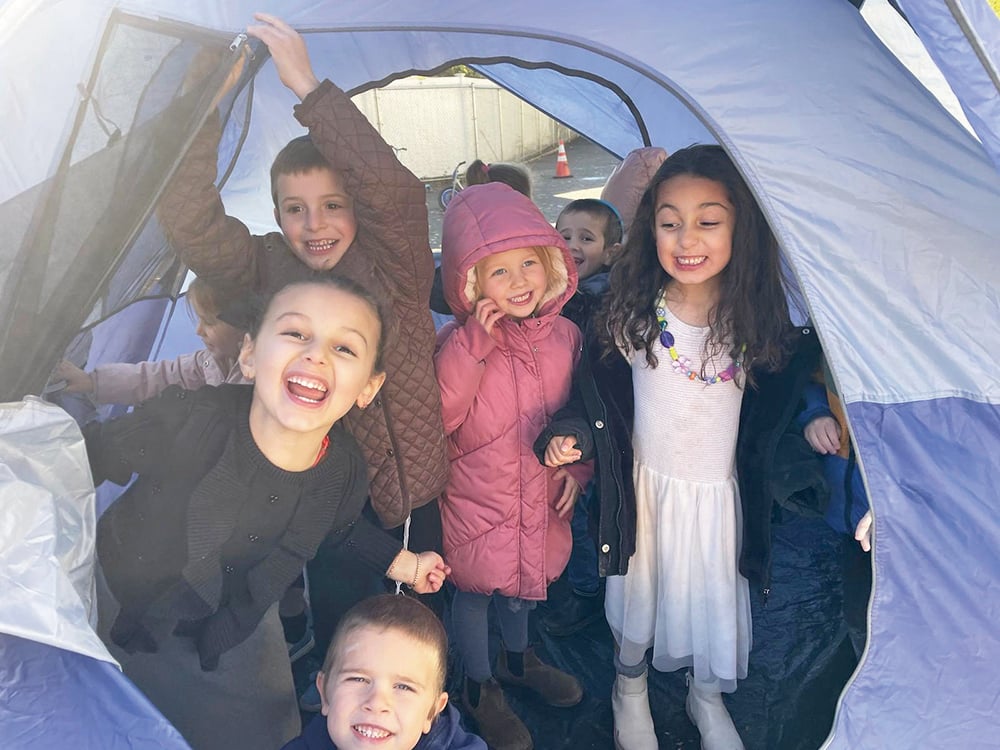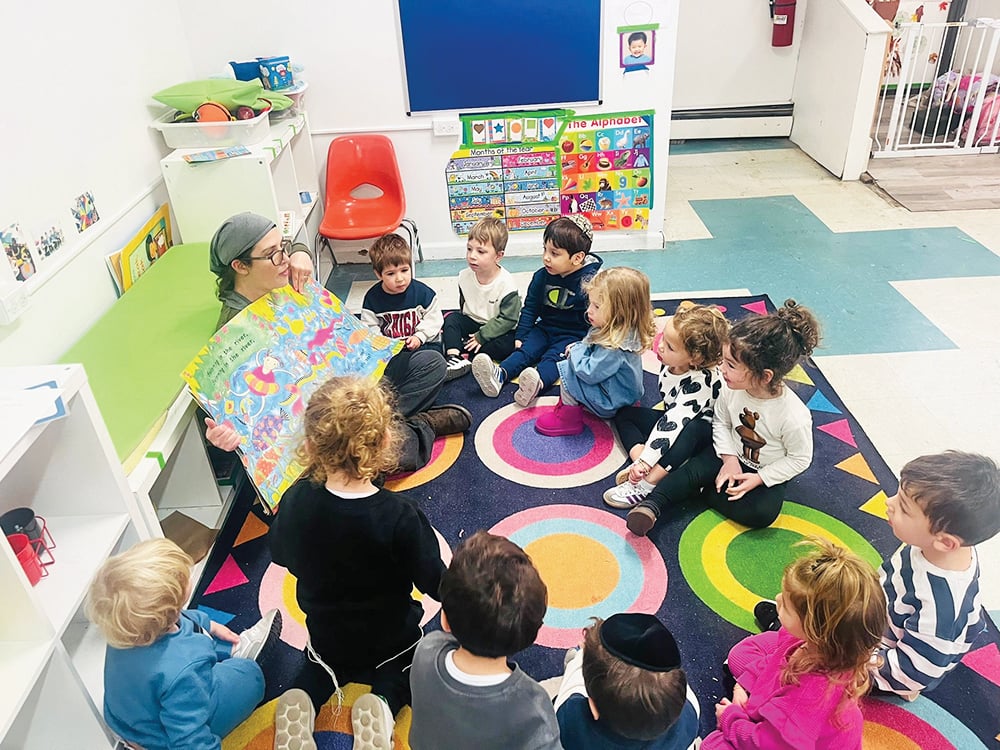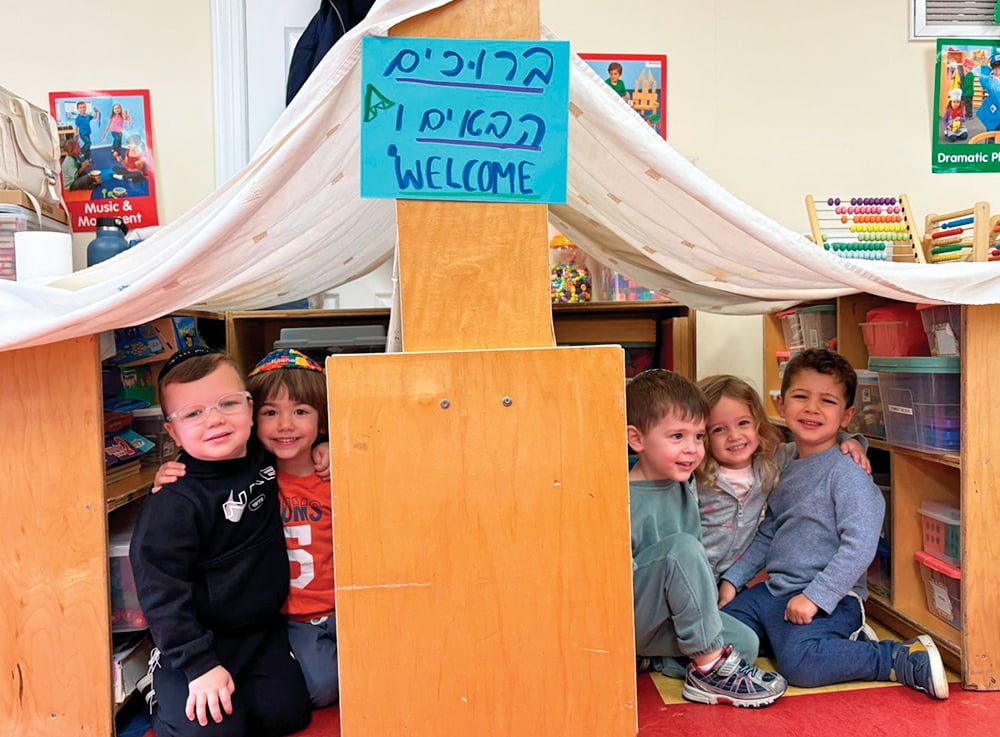Construct a Framework—Identify Strength to Strength
As educators, we are “The Hills in Purple syllables/the Day’s Adventures tell/” described by Emily Dickinson, calmly and soothingly reframing children’s experiences and mirroring their greatness to them, “To little Groups of Continents/Just going Home from School.” We provide the framework and the lens within which our children can understand themselves and their place in this world. We name their greatness and give them the tools to internalize those positive messages so that they can access and acknowledge their own character traits. Children notice our beliefs in them. We mediate their interpretations of their “clouds” they see around the hills in their lives, and what kind of meaning they can construct from the challenges they face while noticing and accessing their strengths.
Build Foundations—Every Small Change Has a Big Impact
Self-worth and self-image—where does it begin? Often long before a child is born, parents begin to mull over a child’s name. We ascribe a certain amount of Divine inspiration to the naming of our children. In the moments of naming our children, we repeat a baby’s name with a loving tone of voice. From early infancy, a child’s positive self-image is already being formed by the gentle associations with his or her name. So names are the very beginning of a child’s inner development. When a child enters school at a tender age, adults need to be continually mindful of carefully crafting those positive interactions and use a child’s name in positive relationship-building interactions.
Inspire—Make Invisibles Visible
Perhaps one of the most well-known Emily Dickinson poems begins, “I’m Nobody! Who are you?/ Are you—Nobody—too?” This line has always struck me as one of extreme pain. How do we create a school environment where the members of the school community don’t ever feel that they are “nobodies?” What practices do we use to foster building each person’s positive self-image and sense of worthiness?
One often-repeated theme throughout the Torah is a tremendous sensitivity and intentionality about names. Last week, as we began sefer Shemot, this theme resurfaced, as the shvatim are named and, initially, the parents of Moshe are not named. A child internalizes associations with his or her name. If the name is repeated with positive recognitions, that builds a child’s self-worth. If the name is repeated with harshness and rebuke, that builds a child’s harsh, inner voice and associates negative connotations with his or her very frequent moniker.
Encourage—Curiosity, Compassion And Connection in Relationships
Dr. Maya Angelou famously phrased the fundamental needs of children from adults as four questions, which I paraphrase as:
- Do you see me? Am I seen and known?
- Do you care that I am here?
- Am I enough as I am? Am I valued?
- Can I tell that I am special to you by the way that you look at me?
It is so important for educators to be intentional about genuinely believing in every child. Children know when we believe in their greatness. They need to be energized, celebrated and loved. When children sense the adult’s true feelings, this gives them the space to develop what the Nurtured Heart Approach calls their inner wealth. Children can believe in themselves, trust themselves, feel good even when life is difficult, make choices with confidence and recover from making mistakes. It is only once we build each individual’s inner wealth that those children then have the capacity to be generous to others and collaborate in a class community. “Dvarim hayotzi’im min ha’lev nichnasim el halev.” When adults transform the way that they treat a child, the way that they communicate care and belief in that child, that gives children a path for recognizing their own greatness.
Motivate—Recognize Our Glows and Grows
What facilitates children’s motivation and engagement at school? The foundation is first the relationships that are forged between teachers and students. Again, that rapport develops in consonance with pleasant tones of voice and that compassionate, curious mindset that precludes anger, judgment and self-righteousness. A second element is relevance and how the teacher creates opportunities for meaningful connection and bridging of learning. Having purpose and goals is energizing and feels terrific. Competence and accomplishment precede genuine confidence and are intrinsically motivating. The third leg is reflection. Adults mediating children’s resetting when they make mistakes and eventually transitioning them to reset themselves requires modeling and practicing a mindful and self-reflective attenuation to their inner workings.
Prepare—By Design and With Intentionality
All around the building, I witness intentional and purposeful lesson design and at the same time, the flexibility to create “something out of nothing,” as the old Jewish folktale goes, making every small moment of interaction valuable. Recent observations include students
- In kindergarten echoing Echo the Owl, tapping out words, writing with magnetic letters and chalk, tossing around balls to practice digraphs
- In first grade discussing a fixed versus a growth mindset and molding clay into words during language arts centers
- In second and third grade math centers applying a “breaking apart” strategy for addition and multiplication!
- In third grade engaging in an earnest and spontaneous conversation about how purposely mispronouncing a person’s last name is unkind, effectively using the SEL tools of respectful disagreement
- In seventh grade boys enthusiastically baking challah and joyously shouting out the connection to their textual learning
- In seventh grade girls davening with great concentration and joy
- In eighth grade collaborating while coding their robots and scavenging equations around the building!
- Of particular, but typical note, was noticing teachers:
- Gently taking care of students who fell and scraped themselves
- Guiding a student in deep breathing to reset and de-escalate a tantrum
- Creating centers that “ran themselves”
- Modeling how to be an upstander
- Recognizing children’s greatness and using the language of greatness to promote student self-worth
Be the One!
My mother would frequently quote a quip from her grandfather, HaRav Moshe Schneider, zt”l, whom I was privileged to interact with as a child but I never heard this directly from him. He would say, in effect, that the value of a zero is only apparent when one places a one in front of it. Although he was referencing specifically the primacy of the grit and effort one puts into Torah learning as the one, and a person’s family roots and yichus as the zero, I often think that this idea is widely applicable in education. All of a child’s predispositions, strengths, weaknesses and family background are effectively harnessed when we, the adults, are the intentional “one” and actuate the value of the foundational “zeros.” We are the hills in purple mediating the cloud pictures.
Mrs. Chana Luchins is principal of general studies at Rabbi Pesach Raymon Yeshiva in Edison, New Jersey. She is in her 14th year of service at RPRY and is the proud parent of four RPRY graduates and one current RPRY student. Mrs. Luchins holds an MS in special education from Touro Graduate School of Education and Psychology and supervisory certification through Rutgers University Graduate School of Education and Psychology. Mrs. Luchins completed both the Hidden Sparks and YouLead leadership training programs, and has extensive expertise in SEL and curriculum.




